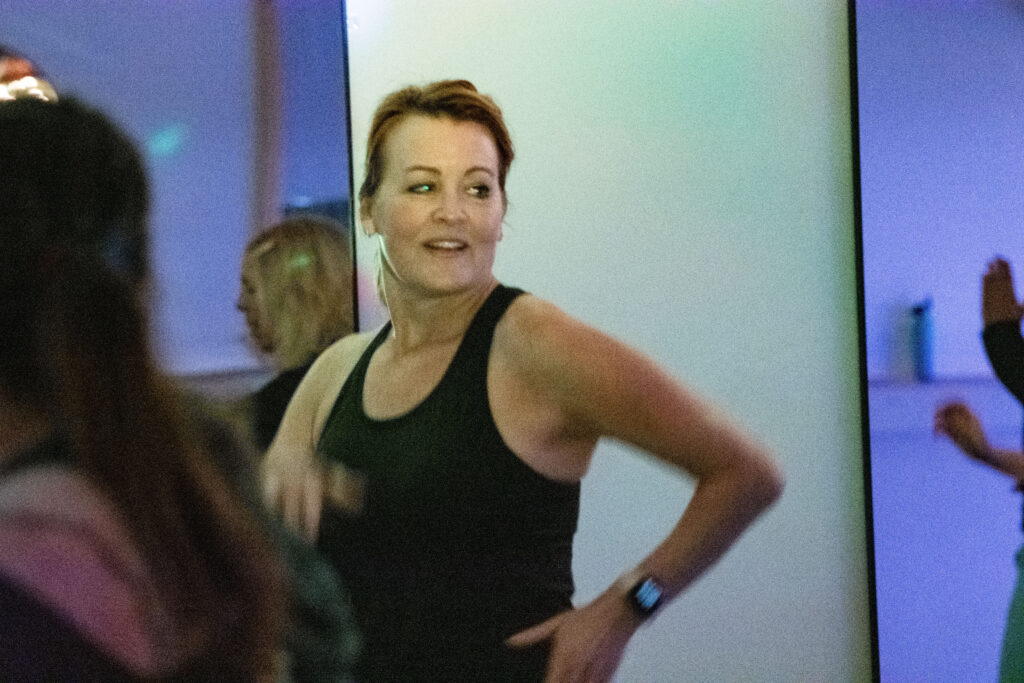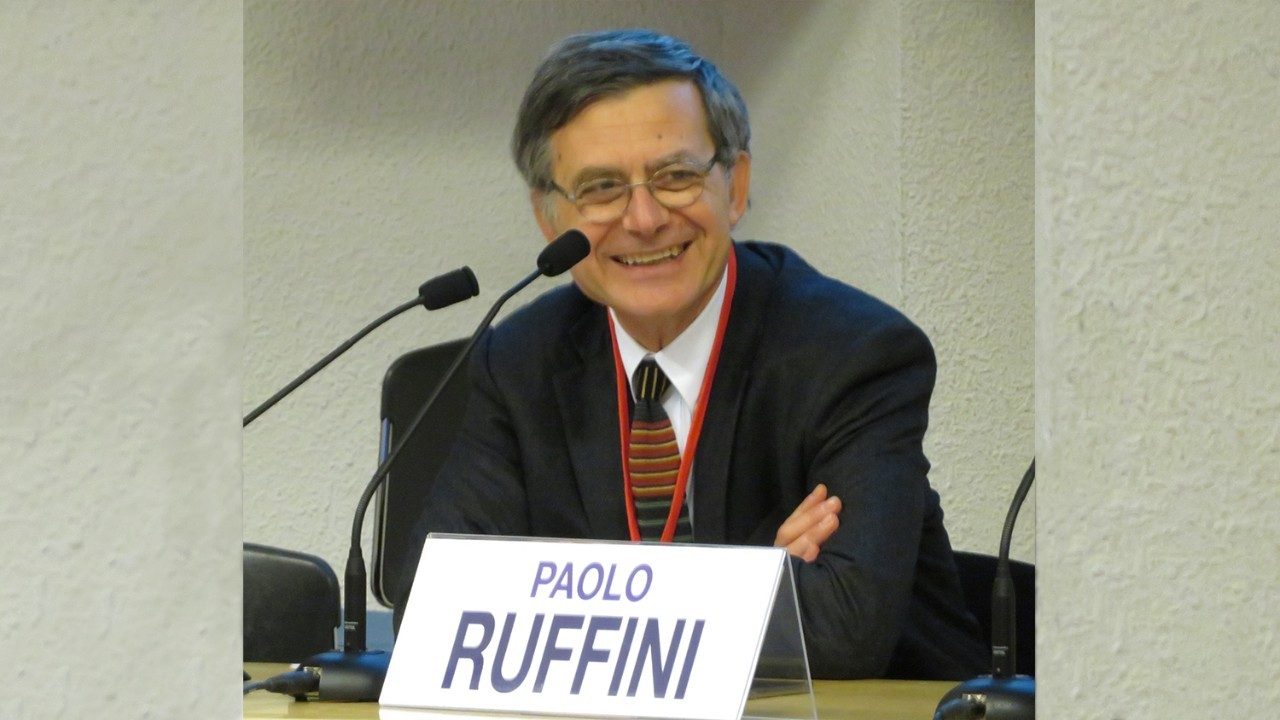Travel
The changing face of Mongolia
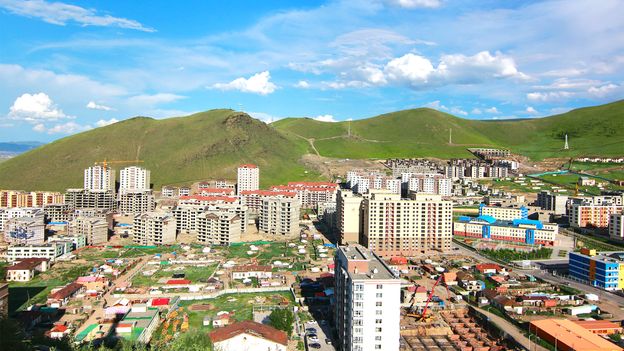
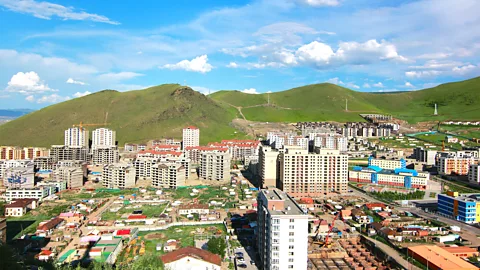 Alamy
AlamyIt’s home to vast, open steppes and an ancient nomadic culture, but as the nation rapidly urbanises, can the landlocked nation hold onto its roots?
With its thrilling horse races, ancient nomadic culture and a pulsating modern capital, Mongolia is increasingly luring adventurous travellers eager to experience its famed hospitality and vast, sweeping grasslands. In a recent episode of BBC’s The Travel Show, host Lucy Hedges visited the country and got a taste of both the vibrant city life of Ulaanbaatar and the more traditional rhythms of the steppe.
Dominated by the soaring Altai Mountains to the west and the harsh Gobi Desert to the south, the world’s second-largest landlocked nation is home to a varied tapestry of traditions shaped by its tangled history.
After Russian forces helped Mongolian revolutionaries drive out the occupying Chinese, the Mongolia declared its independence in 1924 and chose Ulaanbaatar (whose name means “Red Hero”) as the capital of the newly formed communist nation. In the 1990s Mongolia transitioned to a democracy, and in the past 24 years, Ulaanbaatar’s population has tripled to 1.7 million people. However, despite this rapid urbanisation and growth, the country is still best known for the nomadic lifestyles of the Indigenous communities who have called the area home for millennia.
Since at least the 3rd Century CE, residents of the Mongolian steppe have survived by herding livestock and living off the land. Even today, roughly 40% of Mongolians are nomadic. Around one-third of the country’s population still lives in traditional dwellings called gers (yurts), which can be quickly deconstructed and moved to a new location – a process that happens around two to four times per year. Now however, a combination of urbanisation and extreme weather caused by the changing climate are threatening this ancient lifestyle.
“We had never seen so much snow,” a traditional herder named Manlai told The Travel Show. “It was hard for the livestock to get to pasture. From the end of January [on] they began to die. We are running out of money and there’s no other way to make a living.”
Yet, despite Ulaanbaatar’s rapid growth and shifting weather patterns, many are still determined to carry on the traditions of their ancestors. And in the last few years, Mongolia has seen an increase in tourism, as many people are eager to experience this ancient culture – as well as the nation’s snowcapped mountains, vast sand dunes and seemingly endless grasslands.
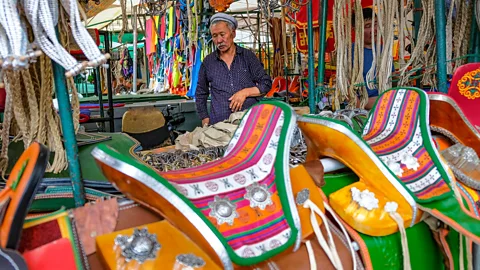 Alamy
AlamyTravellers can witness traditional horse racing at events like the 10-day Mongol Derby (4-13 August 2025); learn to make traditional crafts like carvings from wood or antler with local families, and hear the once-banned artform of throat singing by catching a performance of the Tumen-Ekh Folk Song and Dance Ensemble. At the Altai Eagle Festival (held in mid-September every year), traditional eagle hunters showcase the prowess of their winged companions, while the Naadam Festival (held each July) is a Unesco-inscribed showcase of traditional Mongolian wrestling, archery and horseracing.
A number of national parks are located within easy reach of the capital, including Khustain National Park, home to endangered Przewalski’s horses, and the striking rock formations of the Gurvan Saikhan National Park. Mountain climbing tours are available of the Altai Mountains, and trekking – either on camelback through the desert or on horseback across the plains – are just some of the popular outdoor activities available.
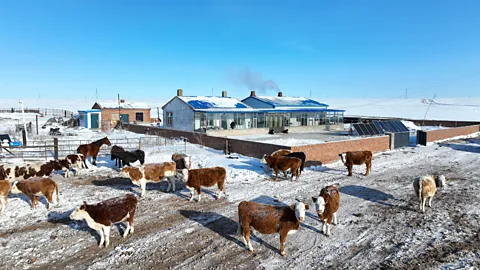 Alamy
AlamyVisitors can also get a taste of how Mongolians’ traditional lifestyles are changing, by visiting the so-called “Ger District” on the outskirts of the capital. The area is home to around 900,000 formerly nomadic people – many of whom are living in urban environments for the first time. GerHub, a nonprofit organisation dedicated to addressing social, political and infrastructural problems faced by the area’s residents, is also helping families find new ways of supporting themselves through community tours and by selling traditional crafts to tourists.
“There’s a lot of misconception that Ger area residents want to go live in an apartment building,” explains Daria Azbayar, GerHub’s social innovation lead. “But for some former nomads, it feels so constricted … being surrounded by four walls. So, we wanted to offer that perspective for tourists.”
But whether she was in the city or the steppe, what Hedges found most enchanting about the nation was the warmth of its people.
“Coming from the bustling metropolis of London, I wasn’t sure how I’d cope with the isolation,” said Hedges of her time living with traditional nomadic Mongolians. “But I’ve been surprised by how big a welcome I’ve received. In many ways out here in one of the sparsestplaces on Earth, this is a less lonely place than the big city.”





